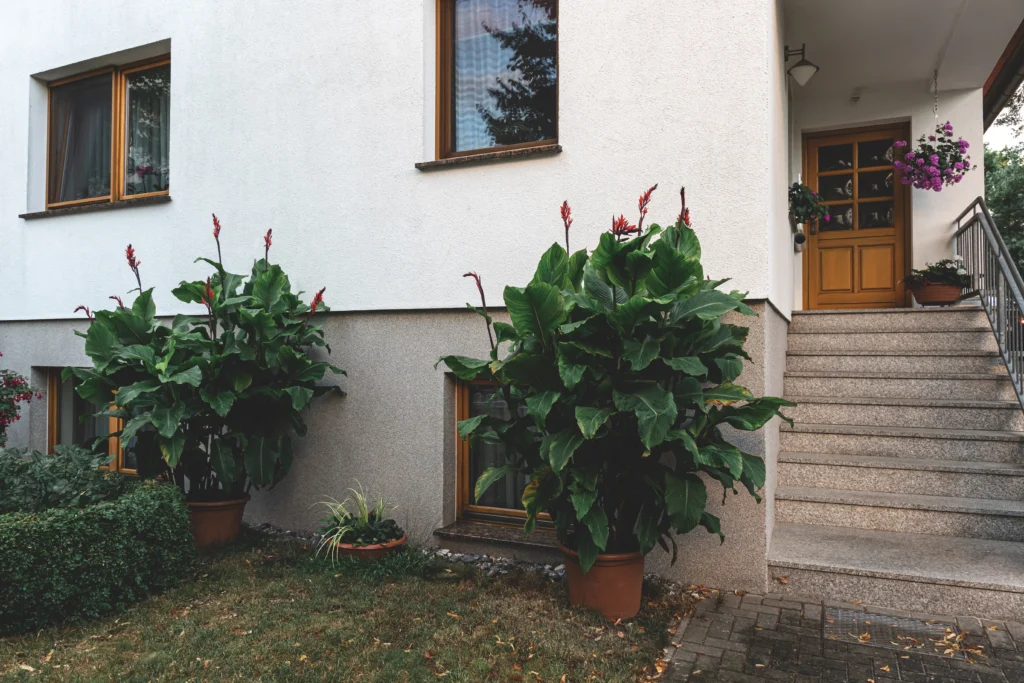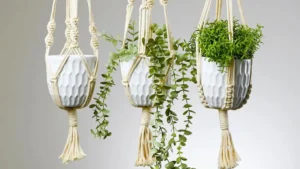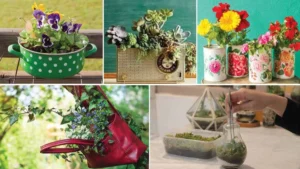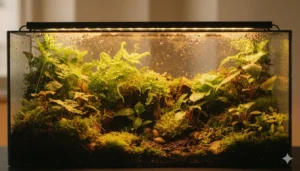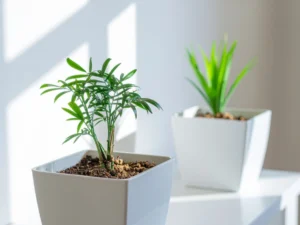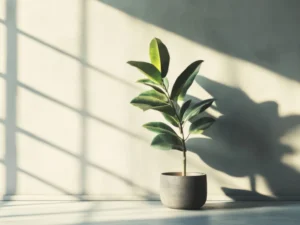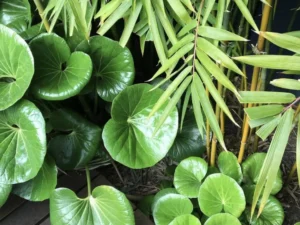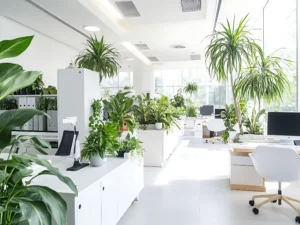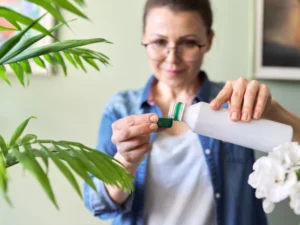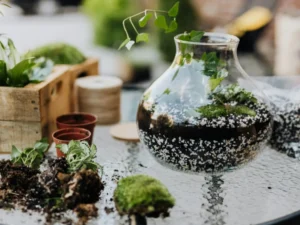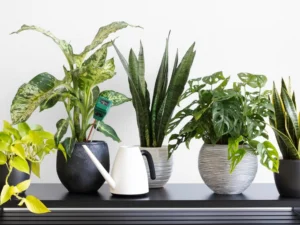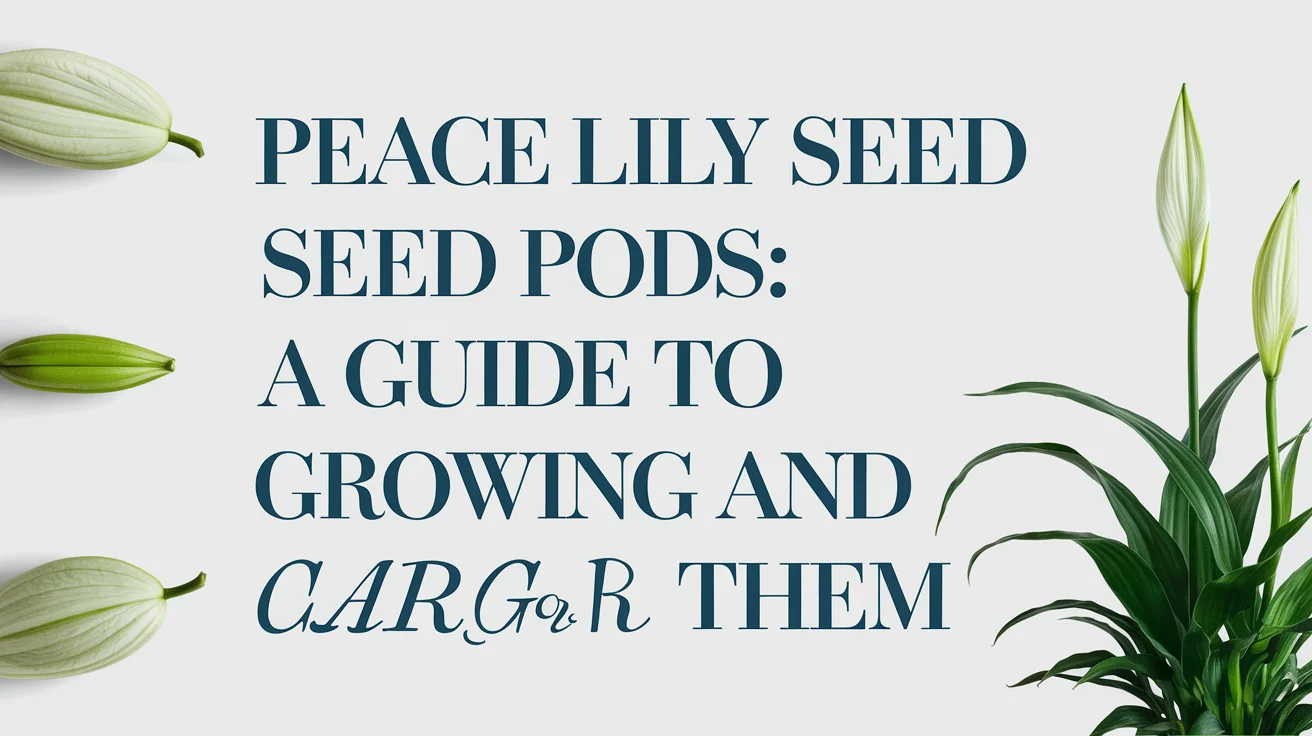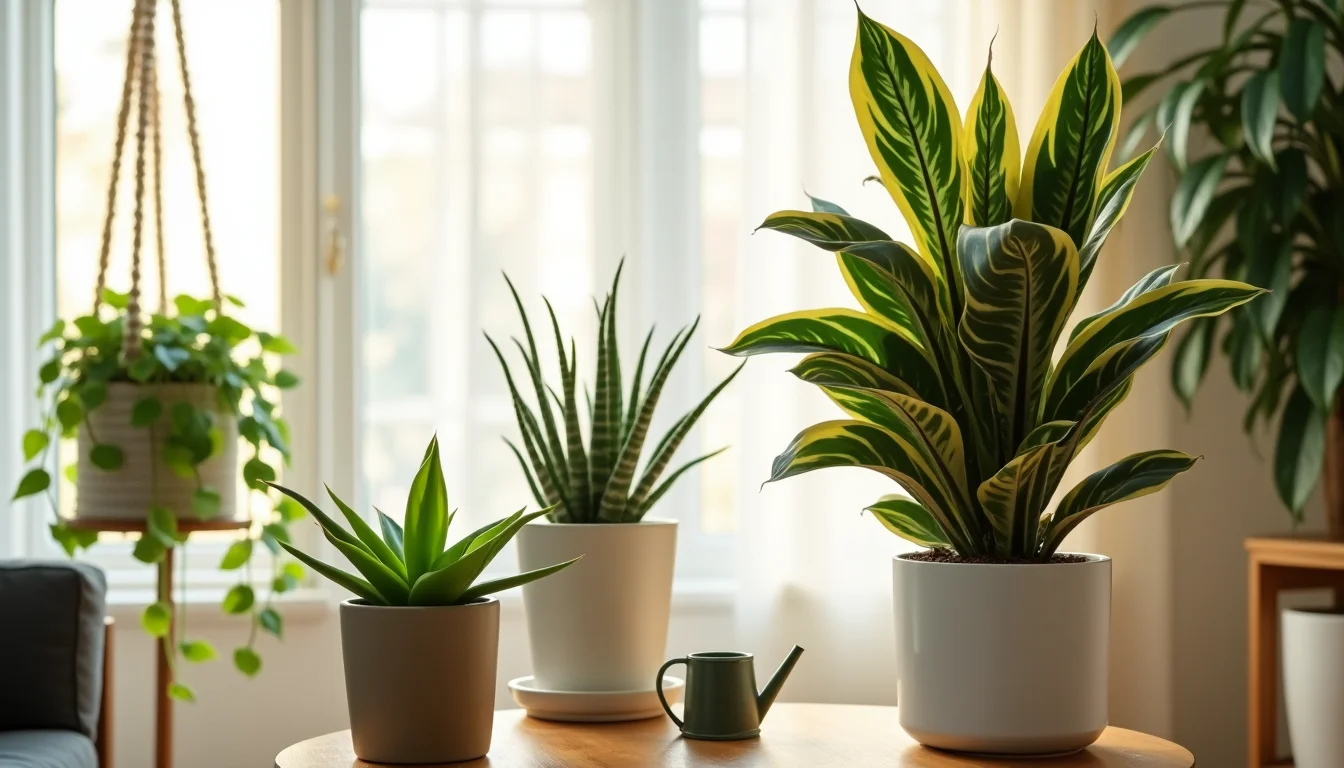The spath sensation, formally known as Spathiphyllum ‘Sensation’, is a striking indoor plant that combines dramatic foliage with effortless care. With large, glossy leaves and tall white blooms, it adds a luxurious and refreshing touch to living spaces.
It’s a plant that thrives even in low-light environments, demands very little upkeep, and quietly works to improve the air you breathe. Whether you’re a seasoned plant lover or just starting your indoor garden journey, the spath sensation is a perfect companion for homes, offices, and every space in between.
In this guide, we’ll walk you through everything you need to know about caring for this lush beauty, from understanding its ideal light and soil preferences to mastering the art of watering and adding a touch of green elegance to your decor.
Understanding the Spath Sensation
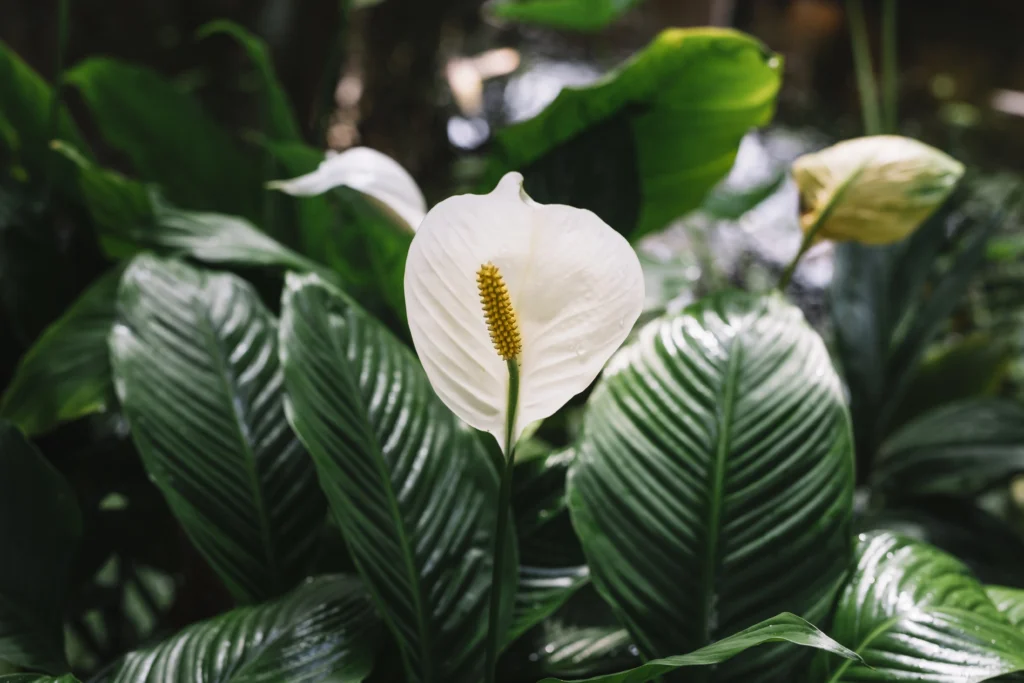
The spath sensation stands out as one of the largest and most majestic cultivars in the Spathiphyllum family. Its lush, deep green leaves can span over 20 inches in length, making it a bold statement in any room. While many peace lilies have delicate appearances, this variety brings a sense of tropical drama to interiors with its broad structure and strong presence.
Unlike other indoor plants, the spath sensation doesn’t just survive in low light; it thrives. Its natural resilience and air-purifying properties make it ideal for bedrooms, offices, and shaded corners. Understanding this plant’s origin, growth habits, and ideal conditions is the first step to appreciating why it’s so popular among plant lovers.
What Makes It Unique?
- It’s the largest variety of peace lily.
- The leaves have heavy ribbing and a deep emerald color.
- Produces tall white flowers even in low-light rooms.
Spath Sensation: Ideal Growing Environments
This plant prefers:
- Indirect or filtered sunlight.
- Consistent temperatures between 65°F–80°F.
- High-humidity environments, such as kitchens or bathrooms.
Indoor Styling Benefits
- Acts as a natural focal point in minimalist décor.
- Works well in floor pots or ceramic planters.
- Complements boho, tropical, and modern interior styles.
Spath Sensation: Common Problems and How to Fix Them
Even the most resilient houseplants can face occasional issues, and the spath sensation is no exception. Leaf discoloration, drooping, or lack of blooming can signal minor imbalances in care. However, identifying these signs early and understanding what causes them makes solving the problem much easier.
Rather than panicking at the first yellow leaf, think of it as the plant communicating with you. These issues are usually easy to reverse with a few adjustments. Below, we’ll cover the most frequent concerns spath sensation owners face and how to correct them quickly.
Why Are the Leaves Turning Yellow?
Yellow leaves are usually caused by overwatering or poor drainage. When the roots stay too wet for too long, they begin to rot, and the leaves respond by changing color. To fix this, reduce the watering frequency and ensure the pot has proper drainage. Trim off any soft or mushy roots during your next repotting session.
What Causes Drooping or Wilting?
This plant is expressive and will droop when it’s thirsty, but also when it’s overwatered. The trick is to check the soil: if it’s bone dry, it’s time to water; if it’s damp, hold off. Consistent care routines usually prevent this, and your spath sensation will bounce back within hours once the issue is corrected.
Why Isn’t It Blooming?
If your spath sensation has plenty of leaves but no flowers, it’s likely due to low light or lack of nutrients. These plants need moderate to bright indirect light and benefit from monthly feeding with a balanced houseplant fertilizer. Adjusting light placement and feeding during the growing season often restores bloom activity.
How to Style a Spath Sensation in Your Home
Beyond being easy to care for, the spath sensation is a natural interior design tool. Its sculptural shape, glossy leaves, and dramatic size make it perfect for creating bold visual moments in any room. Whether placed solo in a statement pot or grouped with smaller plants, it draws the eye and elevates the entire space.
It also blends beautifully with a variety of aesthetics, from bohemian and tropical to Scandinavian and modern. Styling it well not only boosts your interior appeal but also keeps the plant in the ideal spot for healthy growth.
Let’s explore some of the best ways to make your spath sensation shine indoors.
Choosing the Right Pot and Placement
For a plant of this size, the container should be both functional and aesthetically pleasing. Select a ceramic or clay pot with drainage holes and place it in a location where the leaves can spread without obstructing furniture. Living rooms, home offices, or shaded corners with indirect light work best.
Spath Sensation: Best Rooms for Visual Impact
The spath sensation shines in spaces that need a vertical visual boost. Place it in:
- Entryways to welcome guests with greenery
- Corners of the living room to soften sharp lines
- Near windows (with filtered light) for natural brilliance
Design Combinations and Decor Tips
Pair your spath sensation with neutral or natural-toned furniture to let its dark green color pop. You can also combine it with trailing plants or colorful ceramic pots for contrast. Avoid overly busy surroundings; let the plant be the bold element that draws focus.
Repotting, Propagation, and Long-Term Growth Tips
To keep your spath sensation thriving for years, it’s essential to understand its life cycle needs, particularly in terms of repotting and propagation. As the plant grows, it will eventually outgrow its container and require more space for its roots to expand. Regular maintenance, like repotting, not only promotes growth but also keeps the plant healthy and lush.
Propagation offers a simple way to create new plants from your original one, making it a great option for gifting or expanding your indoor garden. While spath sensation plants are slower to grow than their smaller cousins, with proper care and spacing, they can become long-term showpieces in your home.
When and How to Repot
Most spath sensation plants need repotting every 1–2 years. Signs include roots poking out of drainage holes or slower growth. Choose a pot 1–2 inches larger in diameter and refresh the soil with a rich, well-draining mix. Water thoroughly afterwards to help the roots adjust.
Propagating Your Spath Sensation
This plant is best propagated by division, not cuttings. During repotting, gently separate root clumps and place each into its own pot. Be careful not to damage the roots, and keep the new divisions in a warm, humid environment until established.
Encouraging Long-Term Growth
To promote lush foliage and potential blooming, feed the plant monthly during spring and summer with a balanced fertilizer. Rotate the pot every few weeks to ensure even growth, and wipe leaves regularly to keep them dust-free and breathing well.
Conclusion
The spath sensation isn’t just another houseplant; it’s a bold, graceful statement that transforms any space it inhabits. Its large, emerald-green leaves bring depth and calm to your home while requiring surprisingly little effort in return.
Whether you’re a beginner or a seasoned plant parent, mastering its care can be as simple as staying attentive to its basic needs and allowing its natural rhythm to guide you. From styling ideas to fixing common issues, you now have everything you need to keep your spath sensation healthy, lush, and eye-catching.
With the proper care, this plant will continue to thrive for years, providing beauty, clean air, and a peaceful presence in your indoor garden. Invest a little love and attention, and the results will be more than worth it.

